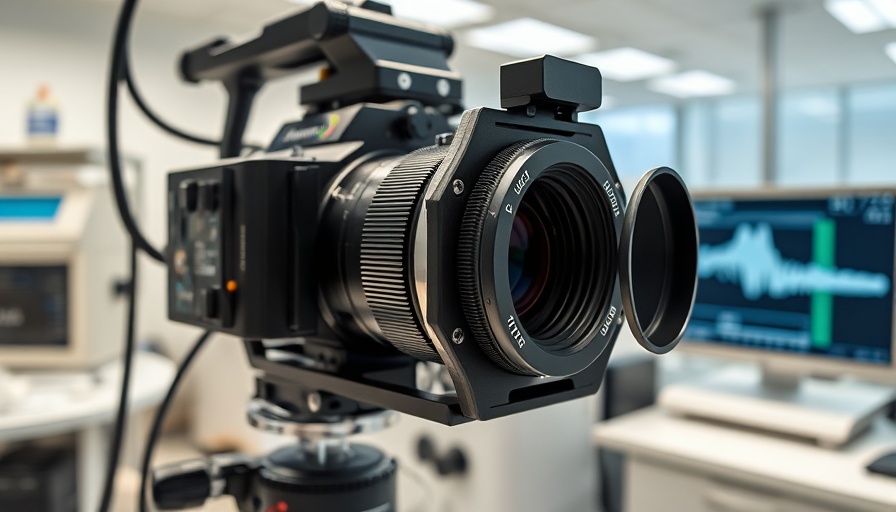
Unlocking the Future of Personal Security: The Role of Advanced Biometric Authentication
In an era where security concerns continually escalate, revolutionary advancements in biometric authentication are paving the path for unprecedented personal security solutions. The latest innovation emerging from Osaka Metropolitan University combines hyperspectral imaging and artificial intelligence (AI) to authenticate users through unique palm vein patterns. This cutting-edge technology guarantees a security level surpassing conventional biometric methods, which often rely on less secure and easily replicable features like fingerprints and facial recognition.
Understanding Hyperspectral Imaging and Its Unique Applications
Hyperspectral imaging differs from traditional imaging techniques by capturing a series of images across numerous wavelengths, allowing detailed analysis of surfaces invisible to the unaided eye. Through sophisticated sensors, hyperspectral cameras can recognize minute variations in color, revealing essential information about the structure of the skin and underlying blood vessels in users' palms. The ability to distinguish between individuals based on unique blood vessel patterns elevates the potential for high-security applications ranging from personal devices to institutional settings.
AI-Enhanced Recognition Techniques That Set New Standards in Security
Professor Takashi Suzuki’s groundbreaking work highlights how integrating AI with hyperspectral imaging facilitates enhanced biometric authentication without requiring specific palm positions or orientations—a common challenge in traditional systems. AI algorithms analyze the distinct patterns formed by veins, leading to accurate and reliable identification. The technique demonstrated a remarkable accuracy rate of biometric authentication, thus providing a viable alternative for tamper-proof identification systems.
The Future Potential: Beyond Simple Authentication
As the technology matures, its implications extend beyond identity verification. Imagine palm scans offering insights into health metrics as well. The potential to assess vascular health and even blood flow could lead to the design of comprehensive health management systems, allowing users to track health indicators conveniently and securely. So, not only could these systems ensure security but also serve a dual purpose of health monitoring.
Addressing Privacy Concerns in Innovative Biometric Systems
While this biometric innovation offers considerable promise, it does not come without ethical implications. Ensuring user privacy while employing such personal data for authentication and health monitoring remains a critical concern. It necessitates robust frameworks guiding the ethical use of biometric data, protecting users from potential misuse or sensitive data breaches.
Conclusion: Revolutionizing Security Through Innovation
The fusion of AI technology with hyperspectral imaging represents a substantial leap toward safer, smarter identity verification systems. Researchers at Osaka Metropolitan University have laid the groundwork for future developments that may redefine security protocols in various industries, including healthcare, finance, and personal devices. As we advance, it will be essential to navigate these innovations responsibly while maximizing their benefits for society.
Every technological advancement ushers in a new set of questions and challenges; thus, as we embrace these innovations, it is equally critical to ensure their security and ethical implementation in our daily lives.
 Add Row
Add Row  Add
Add 




Write A Comment